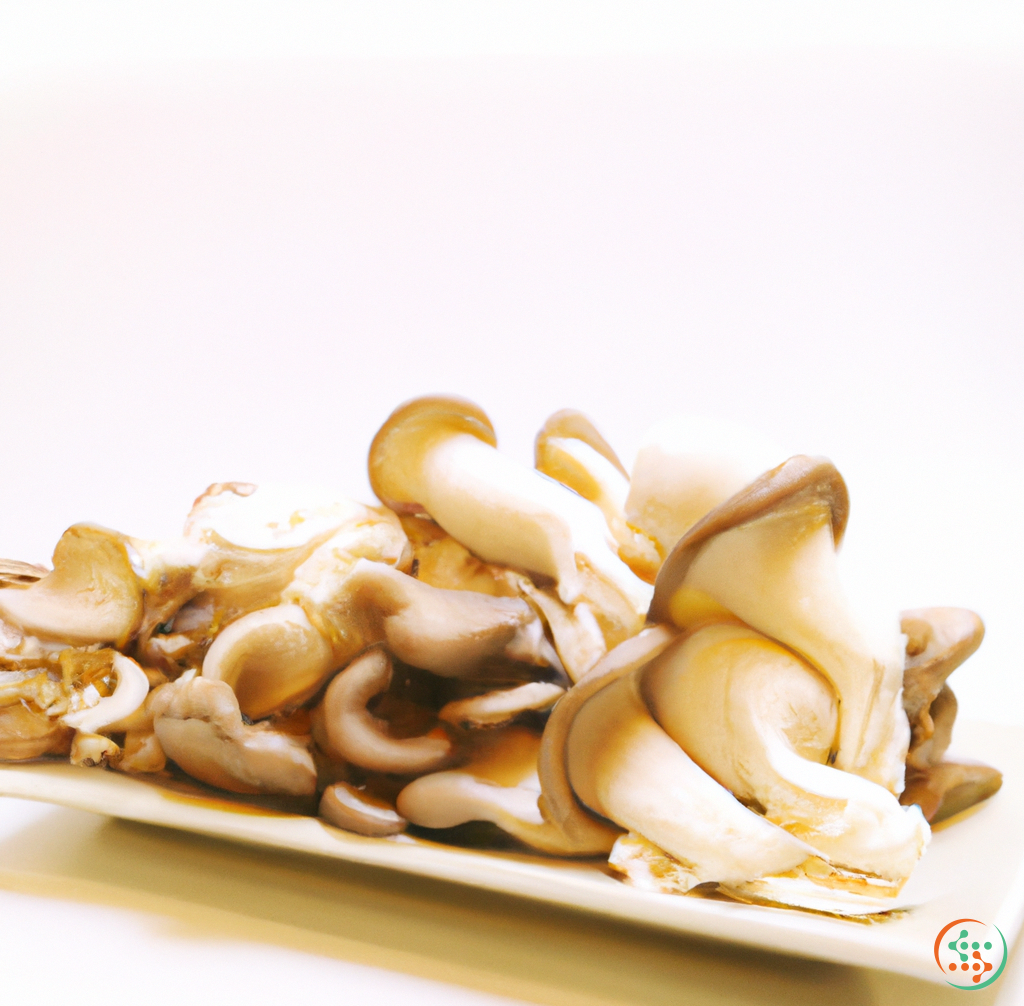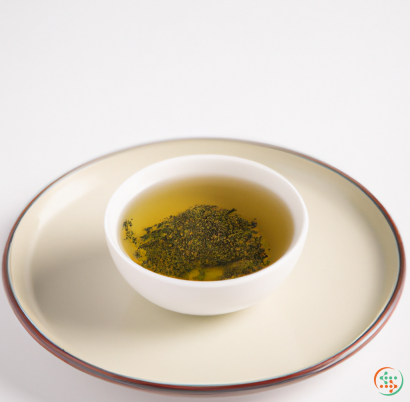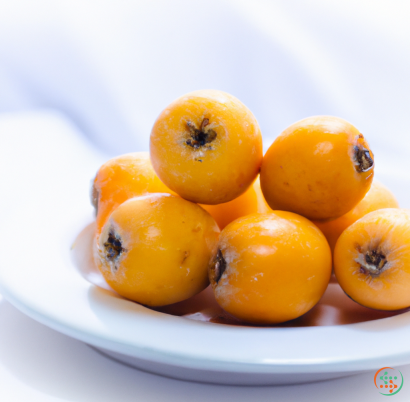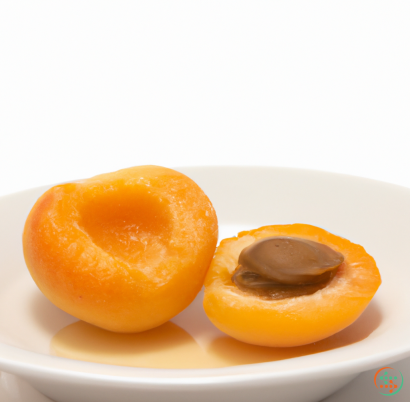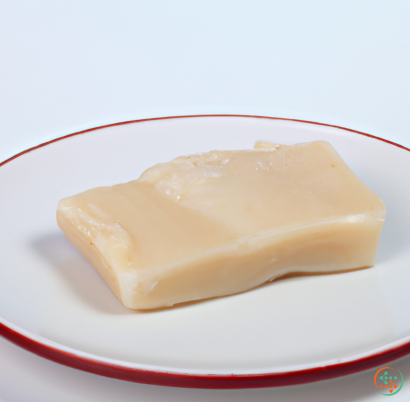Oyster Mushrooms
When talking about mushrooms, there are few more interesting and unique than the Oyster mushroom. With its distinctive fan-shaped cap and velvety texture, this mushroom is a favorite among both chefs and mushroom enthusiasts. It's not just its appearance that make the Oyster mushroom so special — it's also packed with flavor and nutrition. A truly versatile ingredient, the Oyster mushroom has a variety of culinary applications and is relatively easy to identify and cultivate.
Let’s start with what an Oyster mushroom is. This wild mushroom can be found growing on decaying stumps, logs, and dead trees in temperate forests around the world. Its Latin name, Pleurotus ostreatus, is derived from the Greek words for “side” (pleur) and “oyster” (ostrea). The name is fitting as the cap of the Oyster mushroom superficially resembles an oyster shell. The cap is typically gray, white, or cream-colored and may range from one to four inches in diameter. The texture of the cap is usually quite soft and velvety. It sometimes feels a bit slimy when wet.
The Oyster mushroom has a mild, slightly sweet flavor that is often compared to the taste of anise or licorice. The mushroom can be eaten raw; however, they are usually cooked before enjoying. When cooked, they quickly break down and release their flavor and aroma. They are often eaten as a side dish or tossed into soups, stir-fries, and stews. They are also often used in vegan and vegetarian dishes as a meat replacement.
When it comes to nutrition, Oyster mushrooms are an excellent source of protein, vitamins, minerals, and dietary fiber. 100 grams of the mushroom contains about 4.9 grams of protein — more than eggs, milk, or beef! The mushroom is also high in iron and B vitamins, making it a great addition to any vegan or vegetarian diet. In addition, Oyster mushrooms contain many antioxidants and compounds that may help to reduce inflammation and improve overall health.
Oyster mushrooms are relatively easy to cultivate at home. They can be grown on blocks of sawdust, straw, or logs, and can take anywhere from 10 days to several weeks to produce their fruiting bodies. Oyster mushrooms can also be commercially cultivated on a large scale, as long as the temperature, humidity, and other environmental conditions are met.
In conclusion, the Oyster mushroom is an incredibly delicious and nutritious culinary ingredient, and it’s no wonder that it’s so popular among chefs and mushroom enthusiasts. With its sweet flavor and versatile nature, it is definitely worth trying and adding to your pantry. Not only will you be able to enjoy the unique flavor and texture of this unique fungi, but you will also be able to reap the excellent nutritional benefits that come with consuming them. Finally, if you’re feeling adventurous, you can even try to cultivate Oyster mushrooms at home.
Oyster Mushrooms: From Nature to Your Dinner Plate
Have you ever stopped to consider the intricate process that happens between fresh produce growing in nature and your dinner plate? Oyster mushrooms are an increasingly popular type of gourmet mushroom, perfect for grilling, steaming, and stir-frying. They’re also incredibly nutritious, filled with vitamins, minerals, and antioxidants. But before they reach your plate, they’ve made quite a journey! We’ll explore the fascinating creation and travel of oyster mushrooms from nature to your dinner plate, from the fungi that generate them to the growers who cultivate them and the technology that transports them—all of which comes together for some deliciousness in your very own kitchen.
Let’s start with the fungi that produce oyster mushrooms, as these amazing organisms are quite different from other kinds of mushrooms. Oyster mushrooms are created by a type of fungus called Pleurotus ostreatus (better known as pearl oyster mushrooms). It has a white or yellowish color and is characterized by its fan-shaped or oyster-like cap. The fungus actually belongs to the family of basidiomycetes, which includes species such as shiitake and straw mushrooms.
Now that we know what type of fungi creates oyster mushrooms, let’s take a look at the environment in which they grow. The best climates for oyster mushroom growth are moist and humid—from ocean coasts to tropical rainforests and damp temperate forests. They’re also found in beds of sawdust, straw, and other organic materials. Altogether, the fungi and its environment provide a perfect habitat for the mushroom to thrive in.
Once the perfect conditions have been established for optimal growth, we can move on to the growing stage. Most of the time, commercial cultivating of oyster mushrooms is done indoors in temperature regulated growing rooms. In these environments, the mushrooms are usually grown from spores on a substrate. A substrate is any type of material, such as shredded newspaper, fertilizer, compost, or coffee grounds, onto which the fungal spores can attach and begin to grow. To prepare the substrate, it is placed into large containers, sterilized, and then inoculated with Pleurotus ostreatus spawn. Once the spawn has started to colonize the substrate, it’s transferred to shelves where it can grow into full mushrooms.
Meanwhile, there are some limitations to indoors farming of oyster mushrooms. One major factor is that, because the mushrooms are grown in an enclosed environment, they tend to lack sunlight exposure. Without sunlight, the mushrooms won’t be able to photosynthesize and won’t achieve the bright color usually associated with oyster mushrooms. As such, we often see commercial mushroom products with a brown or beige hue.
Once the mushrooms are fully grown, we finally reach the final stage of their journey: harvesting. Depending on the environment and setup, the fungi can be ready to harvest in as little as three weeks. To harvest, the mushrooms are typically cut off at their base using a sharp knife. Afterward, the mushrooms are sorted and graded based on size, quality, and freshness. At this point, they’re ready to be packaged and shipped off to food distributors.
But before the oyster mushrooms reach the distributors, they must first be packed in a manner that prevents spoilage while also utilizing minimal resources. In most cases, this is done using vacuum-seal packaging. This process involves using a specialized machine to remove all the air within the package and seal it for delivery. This way, the mushrooms are stored at peak freshness and require no refrigeration until they arrive at their destination.
Reaching the destination is the next step in the journey of the oyster mushrooms. Responsible distributors and retailers will reject any mushroom packages with openings or other signs of spoilage or contamination. Once the mushrooms are given the all-clear, they’re ready to be loaded into trucks and transported to customers.
And finally, we reach the end of the journey: your plate. Once the oyster mushrooms are on the shelf of your local grocery store, they’re ready to be purchased. There are many different ways to prepare oyster mushrooms—you can stir-fry them, add them to soups or salads, fry them in batter, or bake them. The possibilities are endless! Plus, since they’re incredibly high in protein, essential vitamins, and antioxidants, you can be sure you’re getting all the nutrition you need.
So there you have it—the story of how oyster mushrooms make their way from nature to your dinner plate. It’s quite a journey, isn’t it? From the fungi that generate them to the growers who cultivate them and the technology that transports them, it takes a lot of work to get those mushrooms safely to your plate. But the result is undoubtedly worth it—they make for some delicious eats!
| Vitamin A | 0.002 mg | |
| Beta-Carotene | 0.029 mg | |
| Vitamin D | 0.7 ug | |
| Vitamin D2 | 0.7 ug | |
| Vitamin B1 | 0.13 mg | |
| Vitamin B2 | 0.35 mg | |
| Vitamin B3 | 0.00496 grams | |
| Vitamin B4 | 0.0487 grams | |
| Vitamin B5 | 0.00129 grams | |
| Vitamin B6 | 0.11 mg | |
| Vitamin B9 | 0.038 mg |
| Calcium | 0.003 grams |
Daily Value 1.3 g
|
| Iron | 0.00133 grams |
Daily Value 0.018 g
|
| Magnesium | 0.018 grams |
Daily Value 0.4 g
|
| Phosphorus | 0.12 grams |
Daily Value 1.25 g
|
| Potassium | 0.42 grams |
Daily Value 4.7 g
|
| Sodium | 0.018 grams |
Daily Value 2.3 g
|
| Zinc | 0.77 mg |
Daily Value 0.011 g
|
| Copper | 0.24 mg |
Daily Value 0.9 mg
|
| Manganese | 0.11 mg |
Daily Value 0.0023 g
|
| Selenium | 0.0026 mg |
Daily Value 0.055 mg
|
| Tryptophan | 0.042 grams | |
| Threonine | 0.14 grams | |
| Isoleucine | 0.112 grams | |
| Leucine | 0.168 grams | |
| Lysine | 0.126 grams | |
| Methionine | 0.042 grams | |
| Cystine | 0.028 grams | |
| Phenylalanine | 0.112 grams | |
| Tyrosine | 0.084 grams | |
| Valine | 0.197 grams | |
| Arginine | 0.182 grams | |
| Histidine | 0.07 grams | |
| Alanine | 0.239 grams | |
| Aspartic Acid | 0.295 grams | |
| Glutamic Acid | 0.632 grams | |
| Glycine | 0.126 grams | |
| Proline | 0.042 grams | |
| Serine | 0.126 grams |
| Glucose | 1.11 grams |
|
| Total Sugars | 0.131141 grams |
per 100g
|
| Palmitic acid (16:0) | 0.06 grams |
|
| Total Saturated fatty acids: | 0.06 g | |
| Oleic acid (18:1) | 0.03 grams |
|
| Total Monounsaturated fatty acids: | 0.03 g | |
| Linoleic acid (18:2) | 0.12 grams |
|
| Total Polyunsaturated fatty acids: | 0.12 g | |
